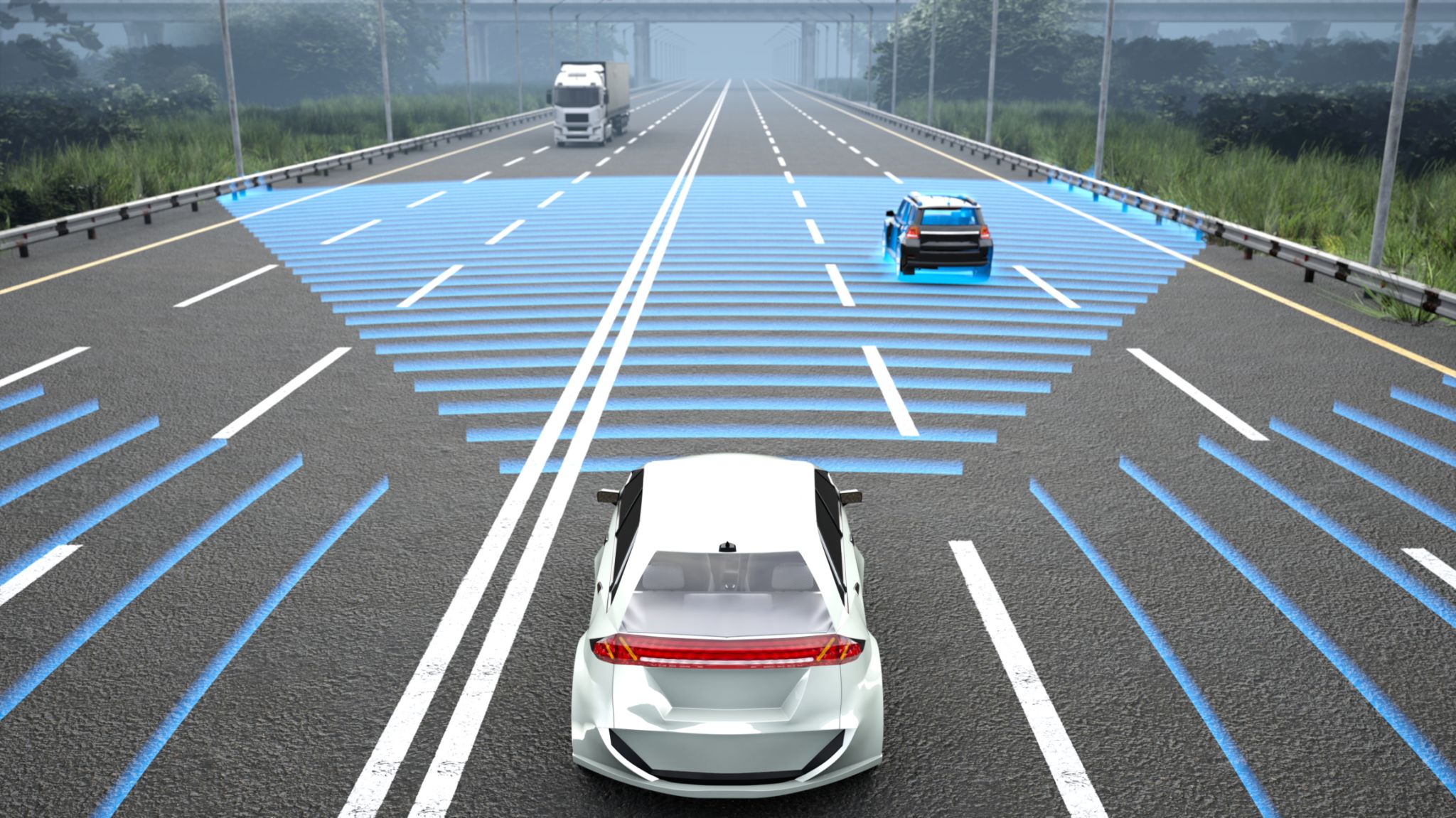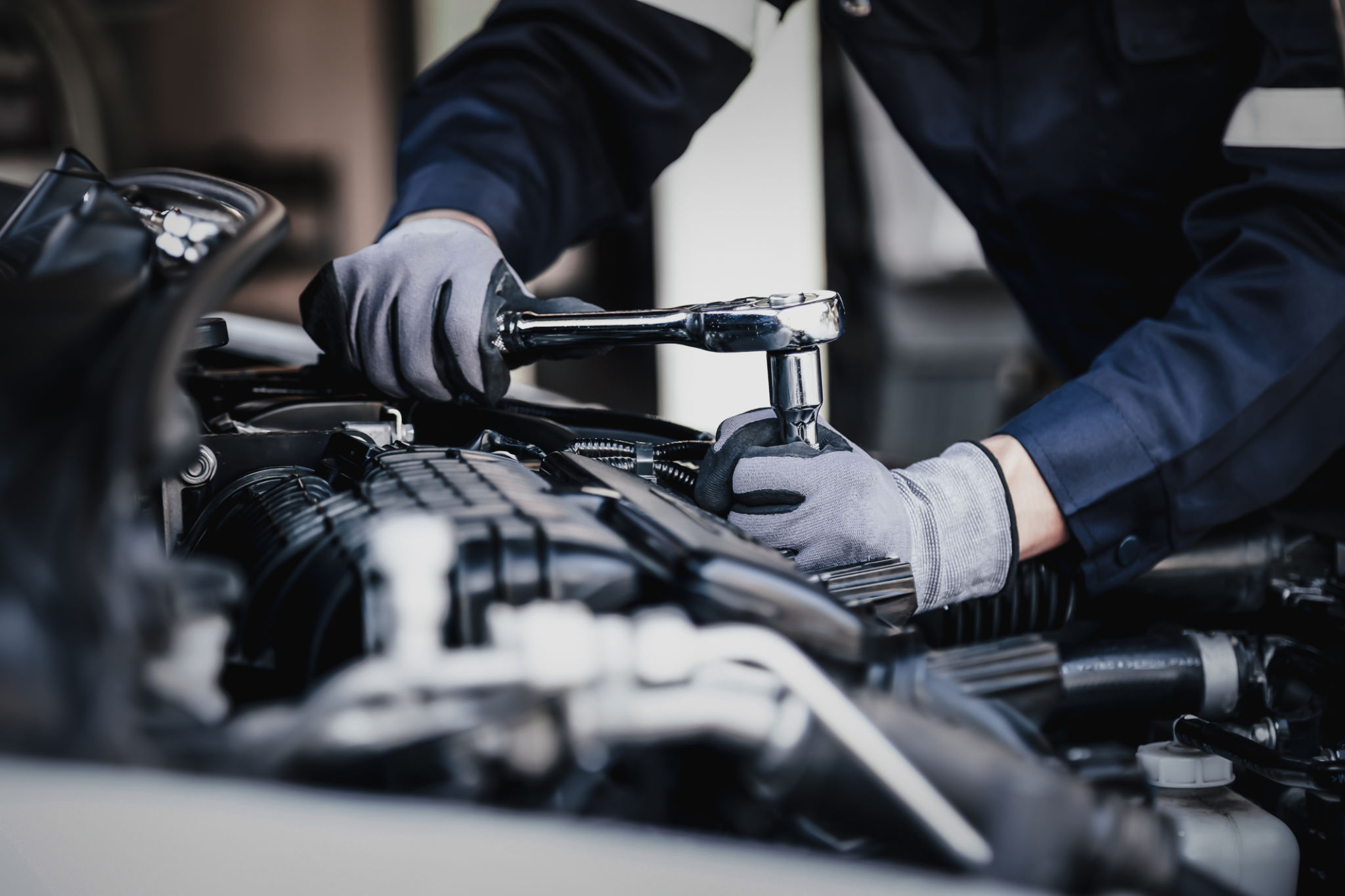Step-by-Step: How Car Radar Calibration Works
Understanding Car Radar Calibration
In today's automotive landscape, advanced driver-assistance systems (ADAS) play a crucial role in enhancing safety and convenience. One essential component of these systems is the radar sensor, which requires precise calibration to function effectively. In this post, we'll explore the step-by-step process of car radar calibration and why it is vital for maintaining optimal vehicle performance.
What is Car Radar Calibration?
Car radar calibration involves adjusting the radar sensors in a vehicle to ensure they accurately detect and measure the distance and speed of objects around them. This process is essential after any event that might affect the sensor's positioning, such as a collision, windshield replacement, or suspension adjustments. Proper calibration helps maintain accuracy in systems like adaptive cruise control and automatic emergency braking.

When is Radar Calibration Needed?
Several situations necessitate radar calibration, including:
- After replacing or repairing the windshield or bumper
- Following a collision or accident
- If the vehicle's suspension is adjusted or replaced
- When installing new tires or changing wheel alignment
Failing to recalibrate can result in inaccurate sensor readings, potentially compromising safety features.
The Calibration Process
The radar calibration process generally involves several key steps to ensure precision. Here’s a closer look at the typical procedure:
Step-by-Step Calibration
- Initial Assessment: The technician starts by assessing the vehicle and identifying any potential issues with the radar system.
- Alignment Check: The car is placed on a level surface to check the alignment of the radar sensors. Any necessary adjustments are made at this stage.
- Calibration Setup: A specialized calibration tool or target is positioned in front of the vehicle according to manufacturer specifications.
- Adjustment: The technician fine-tunes the radar sensors using diagnostic equipment to ensure they are correctly aligned and calibrated.
- Verification: A series of tests are conducted to verify that the sensors provide accurate readings and function as intended.

Tools and Equipment Used
The calibration process requires specific tools and equipment, such as laser alignment tools, diagnostic scanners, and OEM-approved calibration targets. These tools help ensure that the radar sensors are adjusted accurately according to the manufacturer's guidelines.
The Importance of Professional Calibration
Radar calibration is not a DIY task; it requires professional expertise and equipment. A trained technician can perform the procedure with precision, ensuring that all safety systems operate correctly. Proper calibration helps prevent false alarms and enhances vehicle safety by ensuring accurate object detection.

Conclusion
Car radar calibration is a critical maintenance task for vehicles equipped with advanced driver-assistance systems. By understanding the process and knowing when it's required, car owners can ensure their vehicles remain safe and perform optimally. Always rely on qualified professionals for calibration services to maintain the integrity of your car's safety features.
